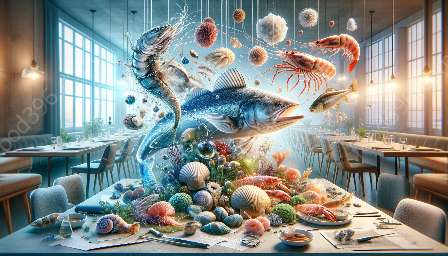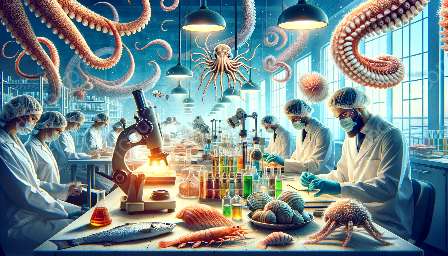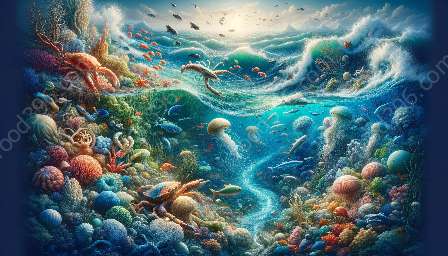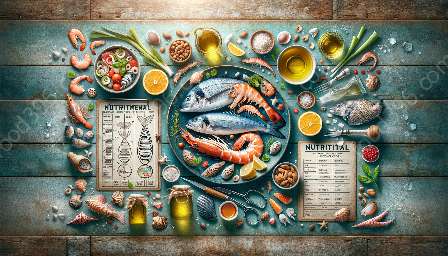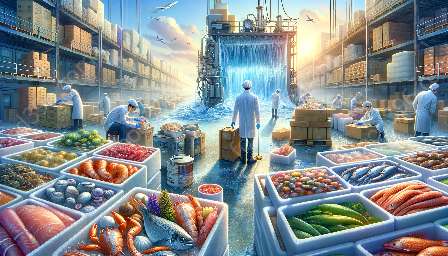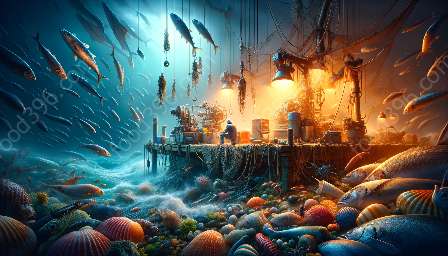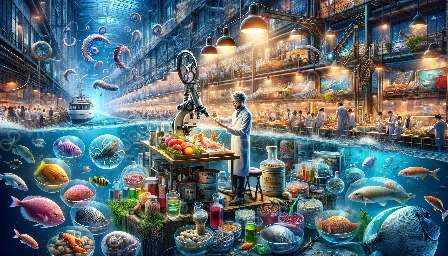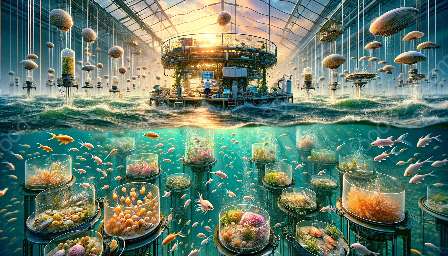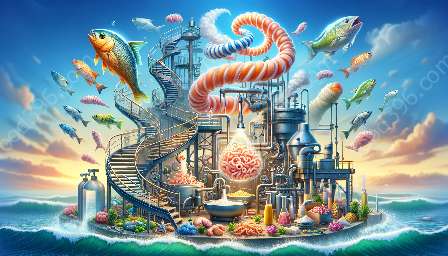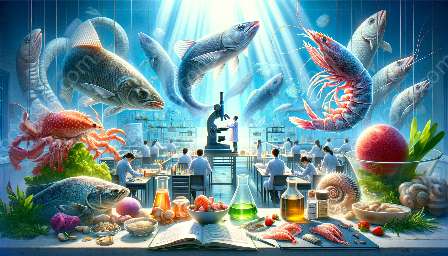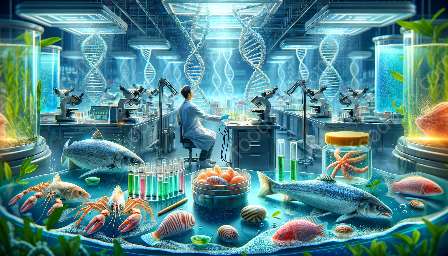When it comes to seafood, proper packaging and storage are crucial to maintain freshness, quality, and safety. Seafood packaging and storage techniques play a vital role in preserving the delicate texture and flavor of seafood, while also ensuring food safety and minimizing waste. This article explores the best practices for packaging and storing seafood, delving into the science behind seafood preservation and its significance in the food & drink industry.
The Importance of Seafood Packaging and Storage
Seafood is highly perishable, and without proper packaging and storage, it can quickly spoil, resulting in loss of quality and safety. The packaging and storage of seafood are essential not only to maintain its freshness and flavor but also to prevent the growth of harmful bacteria and pathogens that can cause foodborne illnesses. Proper seafood packaging and storage practices are critical for ensuring that consumers have access to high-quality, safe seafood products.
Seafood Packaging Techniques
Seafood packaging involves the use of various materials and methods to protect seafood products during transport, storage, and display.
1. Vacuum Packaging
Vacuum packaging is a widely used technique for preserving seafood. This method removes air from the packaging, creating a vacuum environment that helps slow down the growth of spoilage microorganisms and extends the shelf life of the seafood.
2. Modified Atmosphere Packaging (MAP)
MAP involves modifying the atmosphere within the packaging to control the gas composition surrounding the seafood product. This helps to inhibit the growth of aerobic spoilage microorganisms and maintain product freshness.
3. Cryogenic Freezing
Cryogenic freezing, using liquid nitrogen or carbon dioxide, is a rapid freezing method that helps preserve the texture, flavor, and nutritional quality of seafood products.
Storage Conditions for Seafood
Proper storage conditions are crucial for maintaining the quality and safety of seafood products. The following are key considerations for seafood storage:
1. Temperature Control
Seafood should be stored at the appropriate temperature to slow down the growth of microorganisms and minimize spoilage. Refrigeration or freezing at the right temperatures is essential for preserving seafood freshness.
2. Moisture Control
Controlling moisture levels is vital to prevent the growth of bacteria and mold, which can lead to spoilage. Proper packaging and storage methods should aim to maintain the optimal moisture content for the specific type of seafood.
3. Protection from Contamination
Seafood products should be protected from cross-contamination and exposure to harmful pathogens. Proper packaging and storage practices should minimize the risk of contamination during handling and storage.
Seafood Science and Preservation
Understanding the science behind seafood preservation is essential for developing effective packaging and storage techniques. Various factors influence the spoilage and degradation of seafood, including enzymatic reactions, microbial growth, and oxidative processes.
Enzymatic Reactions
Enzymatic activity in seafood can lead to quality deterioration and flavor changes. Proper packaging and storage methods aim to control enzyme activity through proper temperature and moisture management.
Microbial Growth
Seafood is susceptible to microbial contamination, which can lead to spoilage and foodborne illnesses. Packaging techniques such as vacuum packaging and MAP help inhibit microbial growth by creating an environment unfavorable to spoilage microorganisms.
Oxidative Processes
Oxidation can cause lipid oxidation and protein degradation in seafood, leading to off-flavors and texture changes. Packaging methods that minimize exposure to oxygen and utilize antioxidants can help preserve the quality of seafood products.
Seafood Preservation and the Food & Drink Industry
The preservation of seafood through proper packaging and storage techniques is of utmost importance in the food & drink industry. Consumers expect high-quality, safe seafood products, and effective preservation methods play a crucial role in meeting these expectations.
Moreover, sustainable seafood packaging practices, such as eco-friendly packaging materials and reduced food waste, align with the growing emphasis on sustainability in the food & drink industry. Sustainable packaging solutions contribute to environmental conservation and resonate with environmentally conscious consumers.
In conclusion, seafood packaging and storage are integral components of ensuring the quality, safety, and sustainability of seafood products. By understanding the science of seafood preservation and implementing effective packaging and storage techniques, the food & drink industry can meet consumer demands for high-quality, safe, and sustainable seafood offerings.
